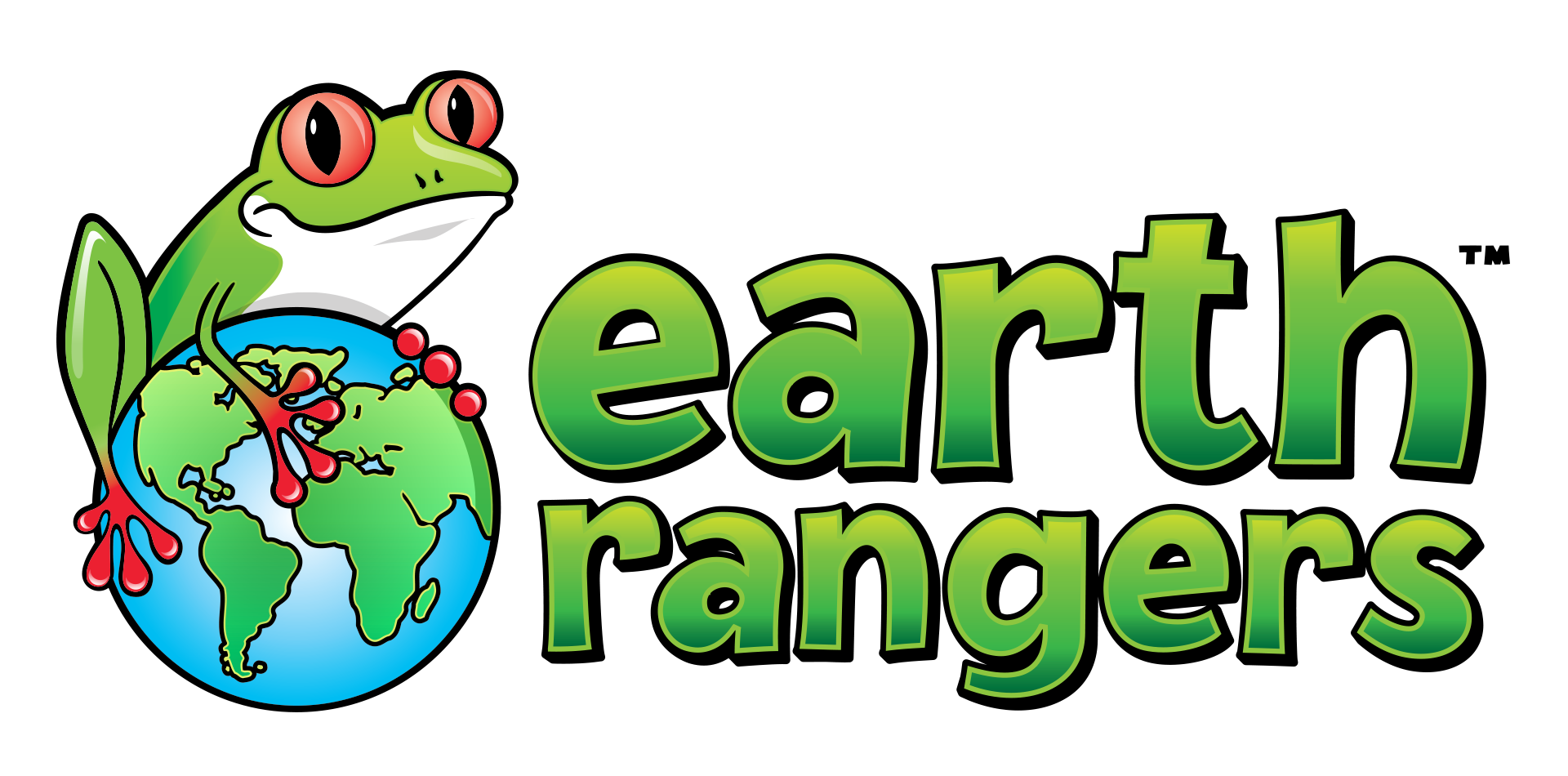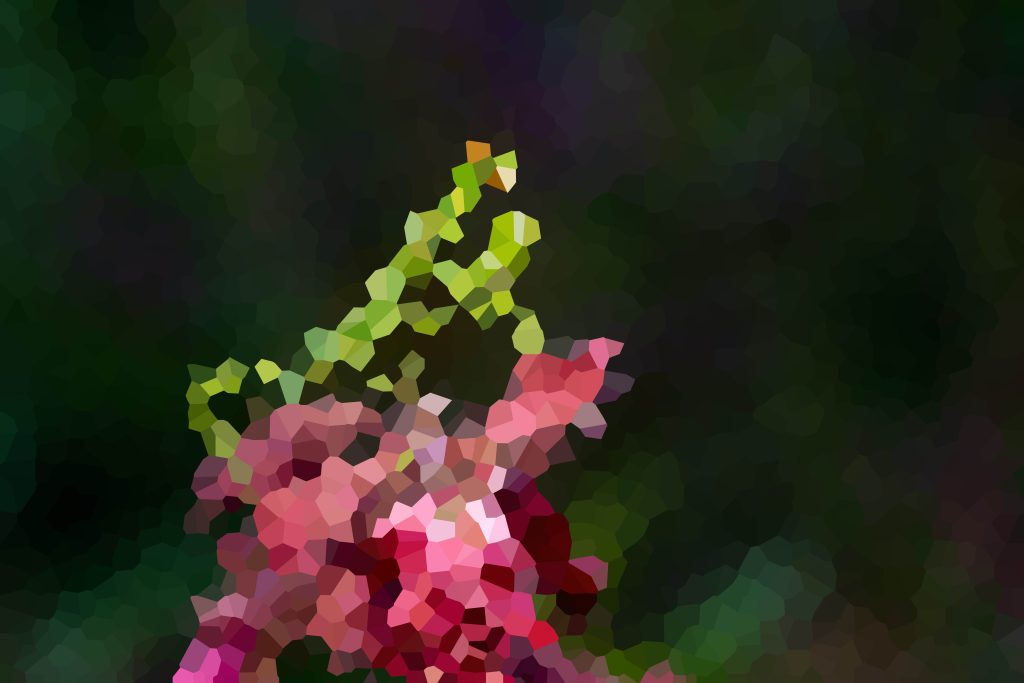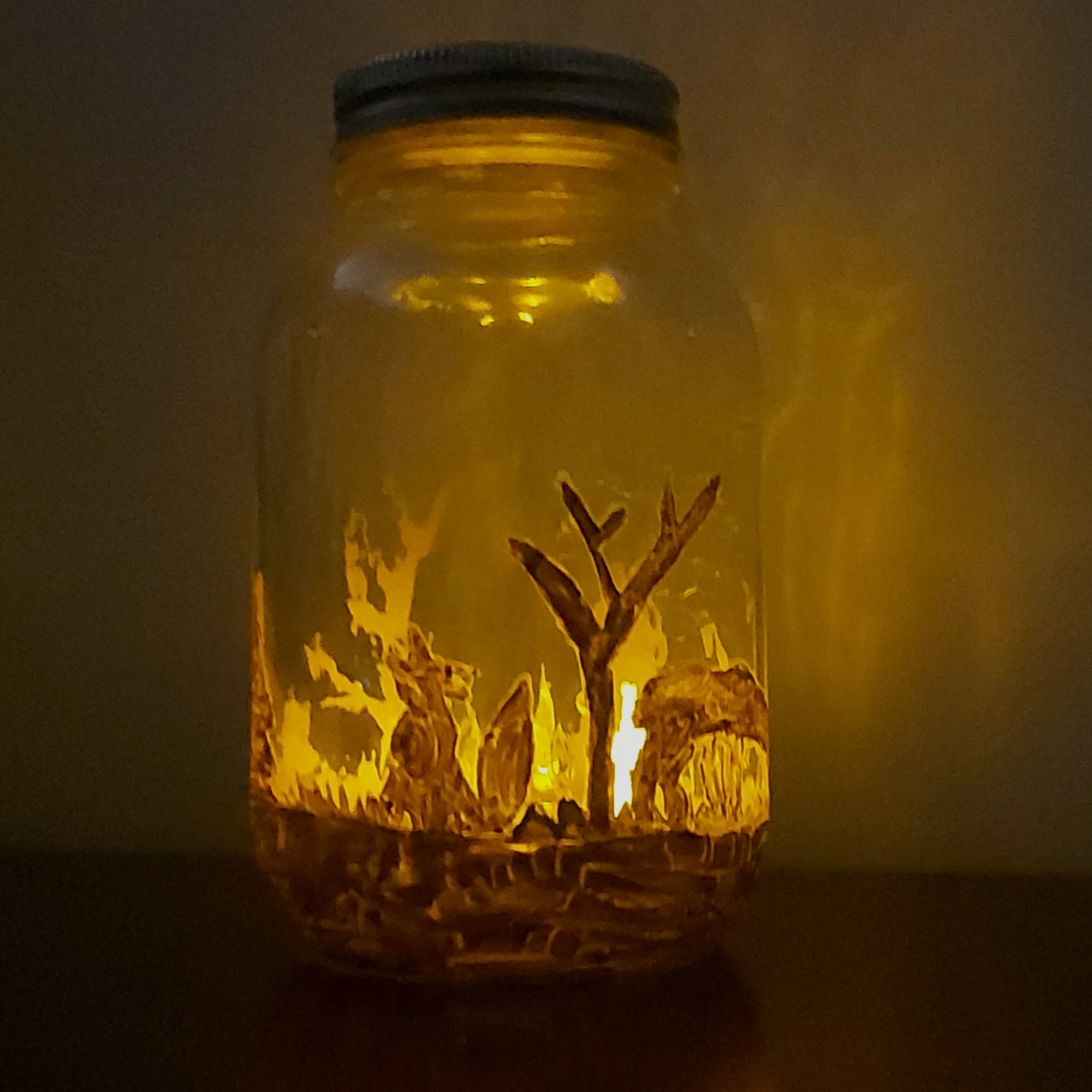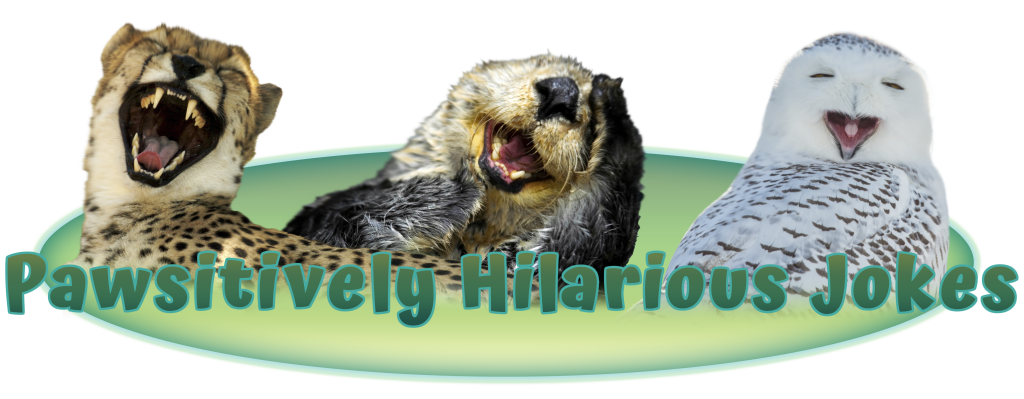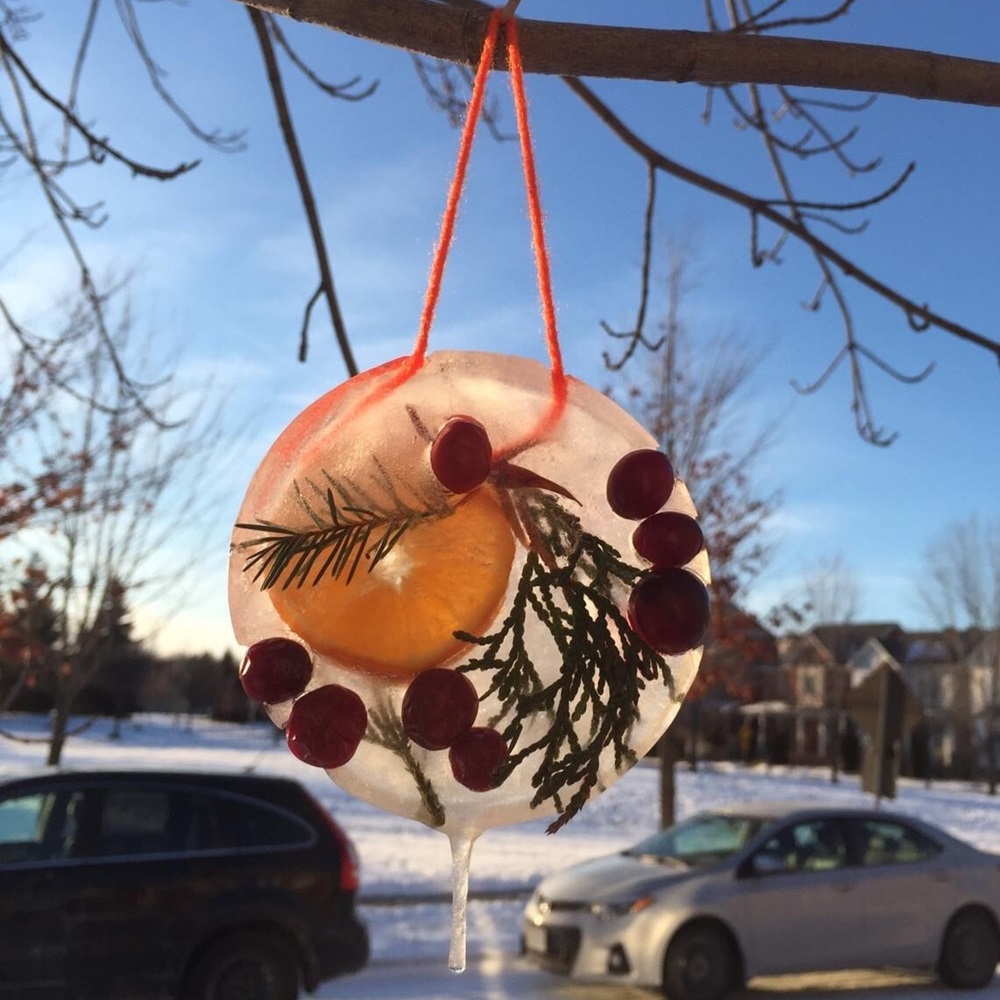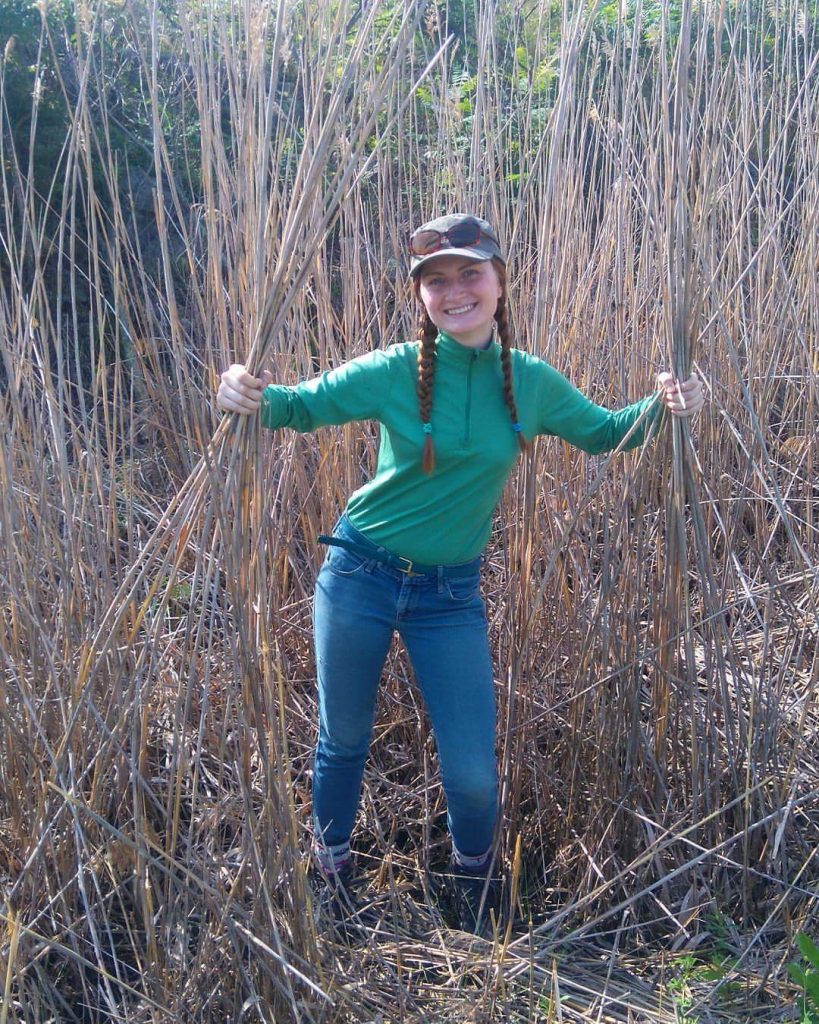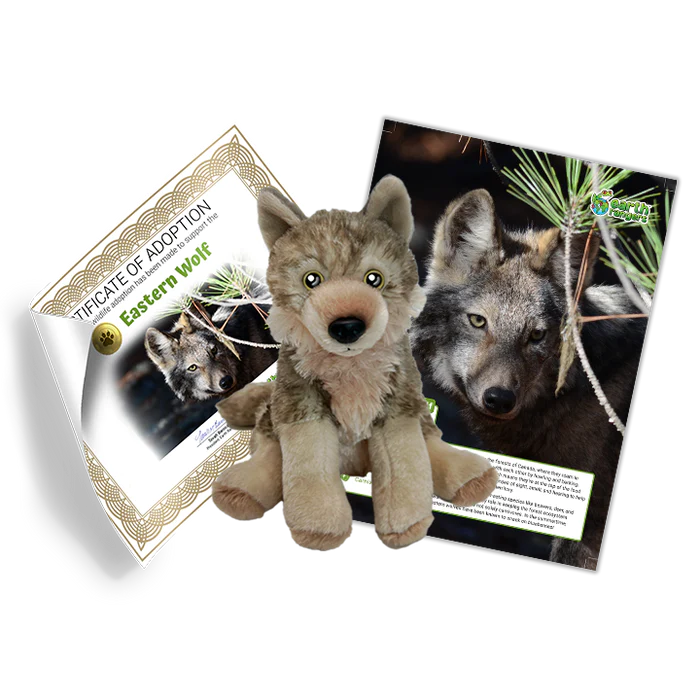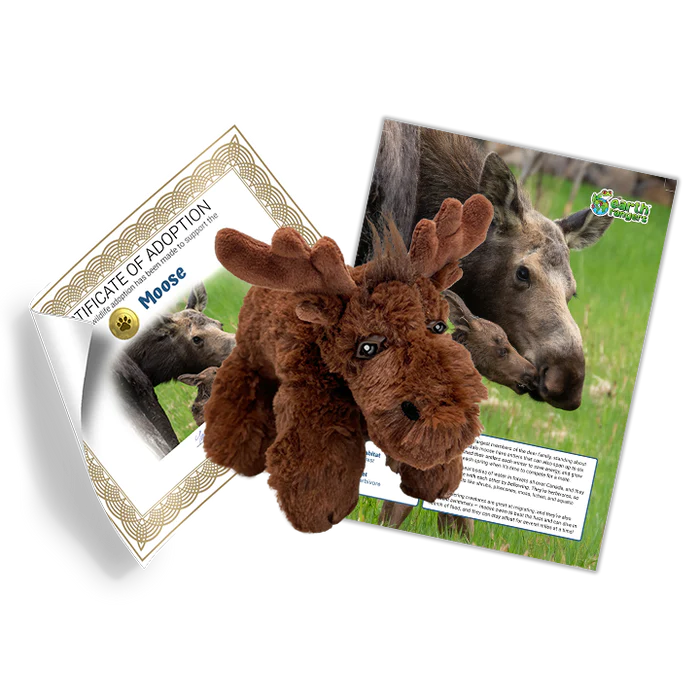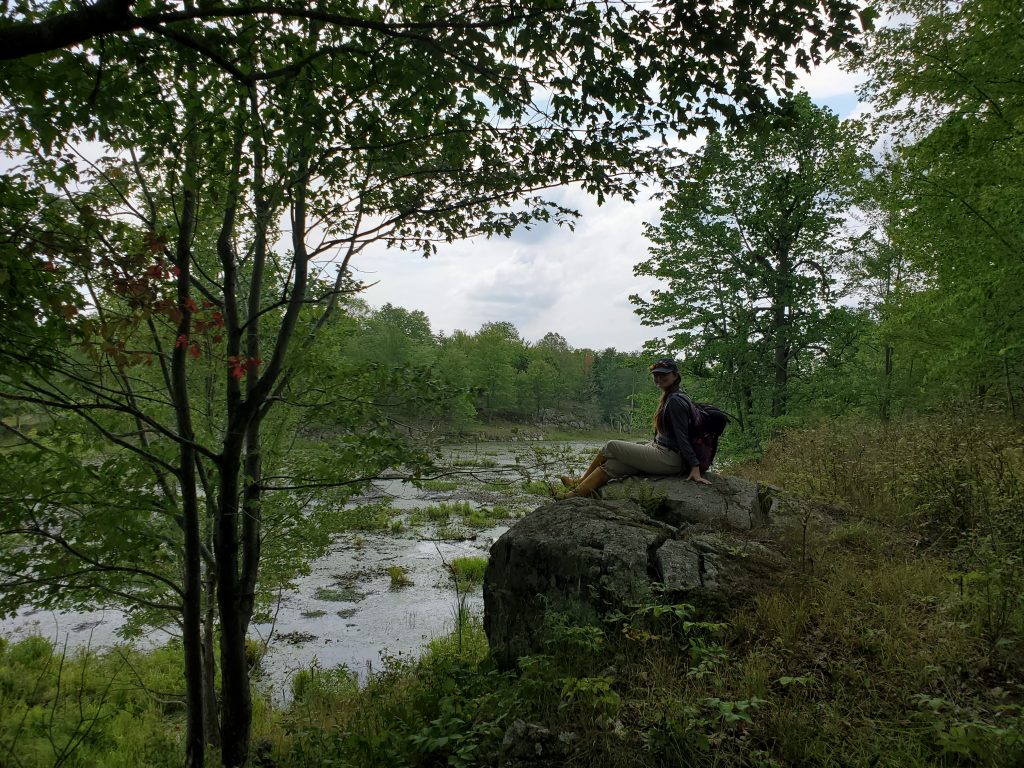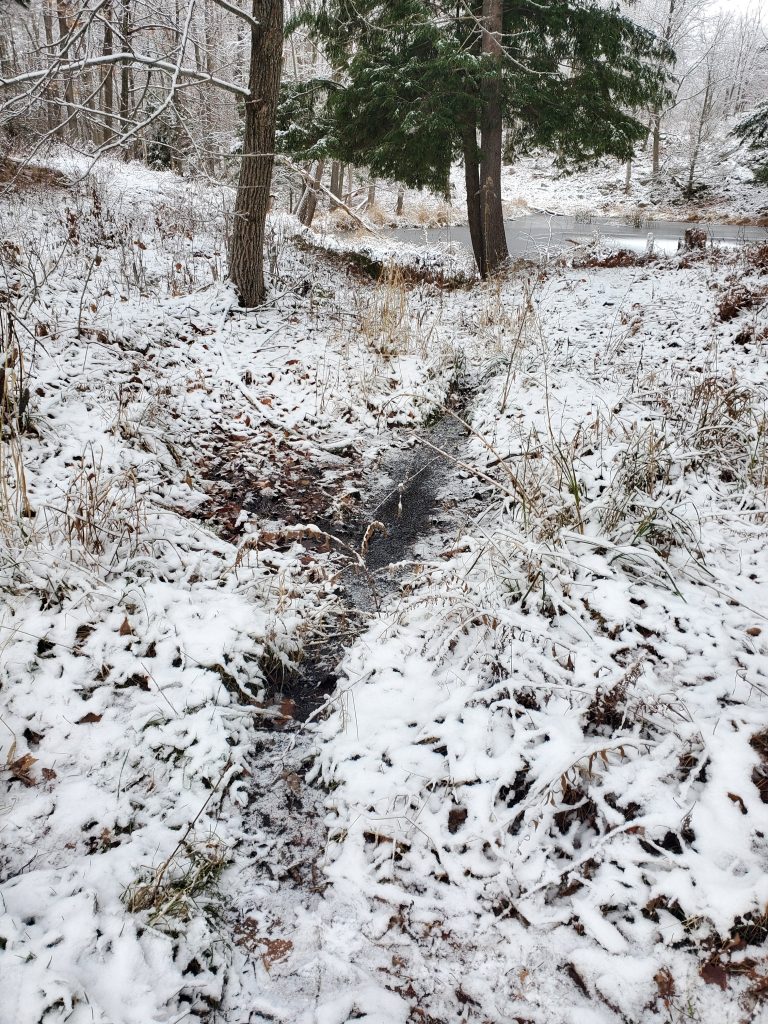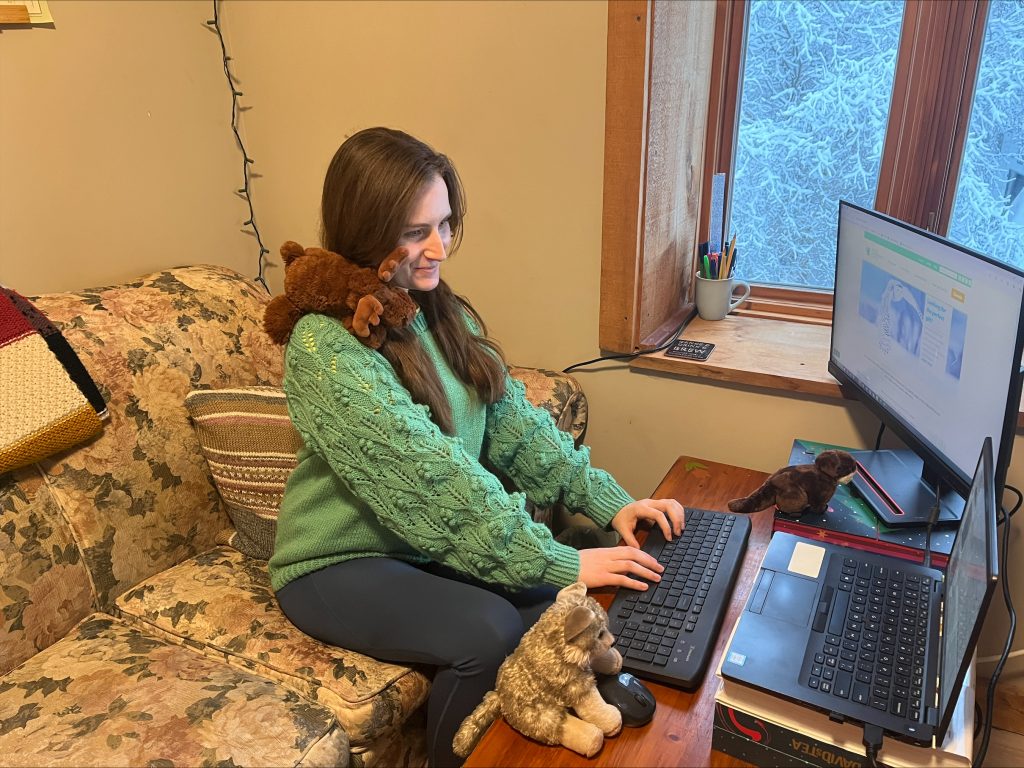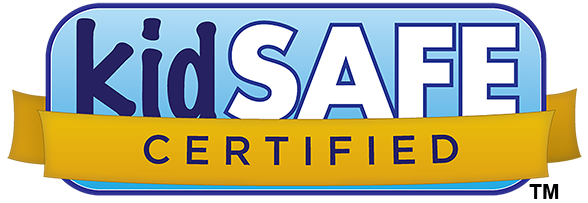NO PURCHASE NECESSARY
This contest is sponsored by Earth Rangers (the “Sponsor”).
SECTION 1: ELIGIBILITY
The “Earth Rangers Carbon Neutral Writing Contest” (the “Contest”) is open to all legal residents of Quebec who are under the age of majority in their province or territory of residence at the time of entry into the Contest, provided that consent is obtained from your parent or legal guardian to enter the Contest and to be eligible to win. Further, your parent or legal guardian must agree to be bound by these Rules on your behalf. If the Sponsor discovers that parental consent was not obtained, the entry will be void. Because entrants are under the age of majority in their province or territory of residence, prizes won by entrants will be awarded to the parent or legal guardian on behalf of the entrant. This Contest is not open to employees, representatives, and agents of the Sponsor, their parent, related and affiliated companies, advertising and promotional agencies and the members of the households of such employees, representatives and agents.
SECTION 2: CONTEST PERIOD:
The Contest starts at 10:00 am ET on Thursday, January 25, 2024, and closes at 11:59 pm EST on Wednesday, January 31, 2024 (the “Contest Period”). Any entries received after that time will be void. One (1) entry per person.
SECTION 3: HOW TO PARTICIPATE
To enter the Contest, visit the Carbon Neutral Writing Contest page at https://www.tfaforms.com/5106963 and follow the submission instructions.
Using the questions posted in ‘contest details’ on the webpage, to enter the Contest, the entrant must, with their parent’s or guardian’s knowledge and permission, submit between 250-300 words in response to one or more of the questions about carbon neutrality. The response must be written without help from a parent, guardian, sibling, relative, or friend.
To enter the Contest, the entrant will need to fill out the Contest entry form. In the Contest entry form they will need to confirm that they have read and agree with the Official Contest Rules and Regulations (the “Rules”) and confirm that they are age 12 or under. In the Contest entry form, the parent or legal guardian must also give permission for the entrant to enter the contest and agree to the Rules by choosing “Confirmed” in the dropdown menu on the Carbon Neutral Writing Contest entry form. After the parent or guardian has confirmed permission.
After satisfying the above eligibility requirements, the entrant will be entered into the Contest during the Contest Period. One entry per entrant per category will be permitted.
By entering the Contest, entrants’ parents or legal guardians agree to abide by these Rules, which shall be final and binding on all entrants in all matters relating to this Contest.
Where permitted by applicable law, the Sponsor is not responsible for lost, incomplete, or misdirected entries, or entries that are processed late or incorrectly or are lost due to computer or electronic malfunction or other error.
SECTION 4: PRIZE
Prize: If your submission is chosen, it will be published in an anthology and you’ll receive a $500 honorarium. There are up to 26 prizes available.
Where permitted by applicable law, the Sponsor reserves the right to make any changes to the Prize for any reason and without notice, and any difference between the actual value of the Prize and the approximate value of the Prize as stated in these Rules will not be awarded. The winner is solely responsible for all other costs not specifically identified as included in the Prize.
The Sponsor is not responsible for the forfeiture of the Prize due to changes in mailing addresses, or any other circumstances resulting in an invalid, erroneous or incomplete mailing address or e-mail address.
SECTION 5: SPONSOR JUDGING TO DETERMINE WINNERS
Winners will be determined solely by the decisions of a panel of judges appointed by the Sponsor (the “Judging Panel”). Entries will be determined on the basis of the following weighted criteria: Compelling representation or exemplum of main theme (25%); Creativity and unique positioning of the topic (25%); Alignment with required respondent diversity based on age, location, etc. (50%).
SECTION 6: PRIZE CLAIM CONDITIONS
The Sponsor will contact the selected winners within seventy-two (72) hours of the conclusion of the Judging Panel’s final selection by email at the email address provided in the Earth Rangers Membership account and the selected winner must respond to the notification within three (3) business days of the first attempt by Sponsor. Failure to respond by such time may result in the forfeiture of the Prize in the absolute discretion of the Sponsor.
To be confirmed as the winner of the Contest, the selected winner must be in full compliance with these rules; and, the selected winner’s parent or legal guardian must sign and return a release of liability and consent to publicity form (the “Release Form”) and any other documentation as may reasonably be required by the Sponsor in their absolute discretion.
Decisions and rulings of the Sponsor are final and binding without appeal in all matters related to this Contest and the awarding of a prize.
A selected winner and their parent and legal guardian may be required to provide proof of identification to the Sponsor when claiming the Prize or otherwise in connection with this Contest to facilitate the Sponsors’ accurate identification of a Contest winner.
If the selected entrant has met the eligibility requirements set out in these Rules, the selected entrant will be confirmed as the Prize winner.
If a selected winner does not fulfill the conditions set out in these Rules, or declines or forfeits the Prize, the Sponsor reserves the right, in their absolute discretion, to cancel the Prize or to select another entrant. Any alternate winner(s) will be selected by the same judging and ranking process from the remaining eligible entries in the same manner as described above.
Entrants who have not complied with these Rules will be disqualified.
SECTION 7: INTELLECTUAL PROPERTY
By submitting your contest entry form and any related material, you waive all moral rights and grant (or warrant that the owner of such materials expressly grants) to the Sponsor, its parent, related and affiliated companies, and subsidiaries, a worldwide, perpetual, royalty-free, irrevocable, sub-licensable, and non-exclusive license and right to (i) use, copy, adapt, transmit, communication, publicly display, perform, and/or distribute such submitted materials; and (ii) create compilations and/or derivative works from such submitted materials.
SECTION 8: GENERAL CONDITIONS
All Contest entries will become the property of the Sponsor and will not be acknowledged or returned.
The selected entrant will be disqualified and required to forfeit any claim to a Prize if the terms set forth in these Rules are not adhered to.
By participating in this Contest, entrants’ parents or legal guardians acknowledge compliance with, and agree to be bound by, these Rules, including the eligibility requirements. Further, entrants’ parents or legal guardians release and hold harmless the Sponsor, its parent, related and affiliated companies, subsidiaries, advertising and promotional agencies and each of their respective directors, successors, sponsors, partners, licensees, officers, subsidiaries, agents, employees, advisors, assignees, prize suppliers, and all others associated with the development and execution of the Contest (collectively, the “Releasees”), from and against any and all manner of action, causes of action, suits, debts, covenants, contracts, claims and demands, including legal fees and expenses, whatsoever, including but not limited to, claims based on negligence, breach of contract and fundamental breach and liability for physical injury, death, or property damage which the entrant or his/her administrators, heirs, successors or assigns might have or could have, by reason of or arising out of the entrant’s participation in the Contest and/or in connection with the acceptance and/or use by the entrant of the Prize. Without limiting the foregoing, the Releasees shall not be responsible for: (a) any incomplete or inaccurate information; (b) the theft, destruction, loss or unauthorized access to, or alteration of, entries; (c) printing, distribution, programming or production errors, and any other errors of any kind, whether human, mechanical, electronic or otherwise; or (d) technical, pictorial, typographical or editorial errors or omissions contained herein or in other materials related to the Contest. Nothing in this paragraph shall limit the Sponsor’s liability with respect to the consequences of their own acts or the acts of their representatives, which is prohibited under applicable law, including Quebec’s Consumer Protection Act.
No responsibility will be taken by the Sponsor for the entrant’s inability to connect to the Internet, website or Earth Rangers App during the Contest Period, lost, delayed, mutilated or misdirected entries, computer system failure, failure of the website or Earth Rangers App during the Contest Period or for any problems or technical malfunction of a telephone network or lines, computer on-line systems, servers, access providers, computer equipment, software, failure of any e-mail, online, or Internet entry to be received by the Sponsor on account of technical problems or traffic congestion on the Internet or at any website, or any combination thereof including any injury or damage to an entrant’s or any other person’s computer or property related to or resulting from participating in, or downloading any material relating to, the Contest. The Sponsor reserves the right, in its sole discretion to cancel or suspend this Contest without notice should a virus, bug or any other cause beyond the reasonable control of the Sponsor corrupt the security or proper administration of the Contest and to award the Prizes from among all eligible entries received prior to cancellation of the Contest. If, as a result of an error relating to the entry process, judging, drawing or any other aspect of this Contest there are more potential winners of Prizes than contemplated in these Rules, there will be a random draw among all eligible potential winners at the end of the Contest Period to award the correct number of Prizes. The Sponsor reserves the right to disqualify any persons found attempting to deliberately damage any website or application or undermining the legitimate operation of this Contest and seek remedies and damages to the fullest extent permitted by law, including criminal prosecution. Entries are subject to verification by the Sponsor and will be declared invalid if they are forged, falsified, altered or tampered with in any way. The Sponsor reserves the right to cancel or suspend this Contest or to amend these Rules without notice for any reason whatsoever.
The Sponsor reserves the right to terminate, suspend or modify this Contest, in whole or in part, at any time and without notice or obligation if, in the Sponsor’s sole opinion, any factor interferes with its proper conduct as contemplated by these Rules. Without limiting the generality of the foregoing, if the Contest, or any part thereof, is not capable of running as planned for any reason which, in the sole opinion of the Sponsor, corrupt or affect the administration, security, fairness, integrity or proper conduct of this Contest, the Sponsor may terminate, modify or suspend the Contest, or any portion thereof in its sole discretion.
The Sponsor further reserves the right, in its sole discretion to cancel or suspend this Contest without notice should a virus, bug or any other cause beyond the reasonable control of the Sponsor corrupt the security or proper administration of the Contest and to award the Prizes from among all eligible entries received prior to cancellation of the Contest. If, as a result of an error relating to the entry process, judging, drawing or any other aspect of this Contest there are more potential winners of the Prizes than contemplated in these Rules, there will be a random draw among all eligible potential winners at the end of the Contest Period to award the Prizes. The Sponsor reserves the right to disqualify any persons found attempting to deliberately damage any website or application or undermining the legitimate operation of this Contest and seek remedies and damages to the fullest extent permitted by law, including criminal prosecution. Entries are subject to verification by the Sponsor and will be declared invalid if they are forged, falsified, altered or tampered with in any way. The Sponsor reserves the right to cancel or suspend this Contest or to amend these Rules without notice for any reason whatsoever.
SECTION 9: PRIVACY AND PERSONAL INFORMATION
By entering the Contest, each entrant and their parent or legal guardian consents (a) to the collection, use, and disclosure of the entrants’ personal information, including the entrant’s first name, province or territory of residence, image on videotape and/or photograph in any advertising relating to the Contest and/or the Prizes, and in any future publicity in connection with the Contest and the Sponsor’s related fundraising activities, in all media used by the Sponsor, and its advertising and promotional agencies and partners, without compensation or further notice, if that entrant is declared a Prize winner, and (b) to the use of that entrant’s personal information, including first name and address (such as e-mail address) for the purpose of administering the Contest, contacting selected entrants, awarding and delivering the Prizes to the winners and sending information relating to Earth Rangers products, promotions and/or other marketing activities.
By entering the Contest, each entrant and their parent or legal guardian acknowledges and consents that the entrant’s personal information can be transferred to the Sponsor’s third-party service providers for the purpose of administering the contest, and can be stored on servers located outside of Canada, which may be subject to foreign legislation which may differ from the legislation of Canada with respect to disclosure of personal information to government authorities.
For further information about the Sponsor’s privacy practices, please see Sponsor’s Privacy Policy at: http://www.earthrangers.com/wildwire/privacy-policy/
SECTION 10: APPLICABLE LAWS
For residents of Canada, excluding Quebec: This Contest is subject to the laws of the Province of Ontario and the federal laws of Canada applicable therein. Void where prohibited by law. Any disputes will be adjudicated by the courts sitting in the Province of Ontario.
For residents of Quebec: This Contest is subject to the laws of the Province of Quebec and the federal laws of Canada applicable therein. Void where prohibited by law. Any disputes will be adjudicated by the courts sitting in the Province of Quebec.
The Rules are available at (will insert link once final rules and regulations are published) for the duration of the Contest Period. A complete set of these Rules can be requested by sending a self-addressed stamped envelope to: “Official Contest Rules and Regulations for Earth Rangers Carbon Neutral Writing Contest”, 9520 Pine Valley Drive, Woodbridge, ON L4L 1A6.








